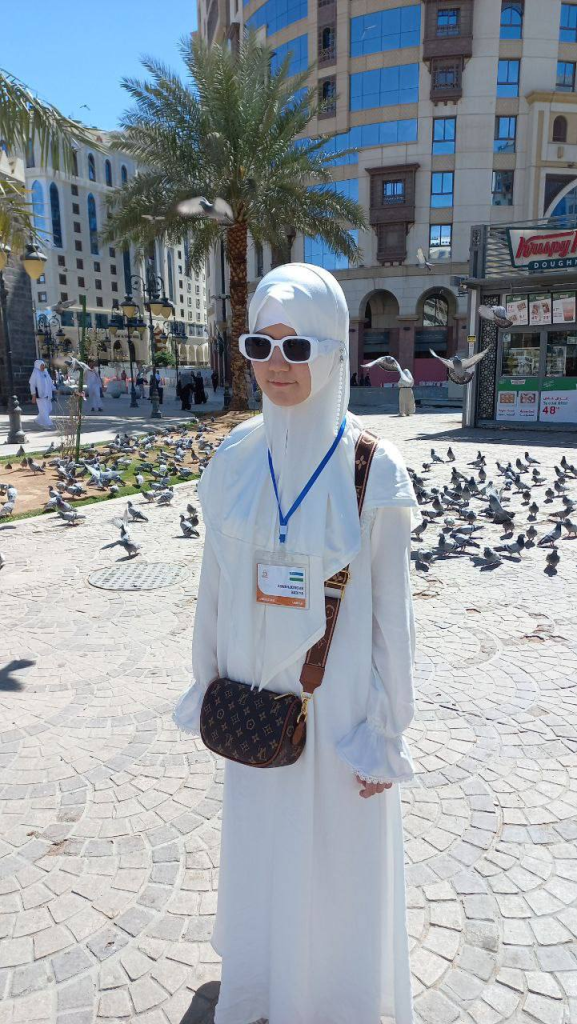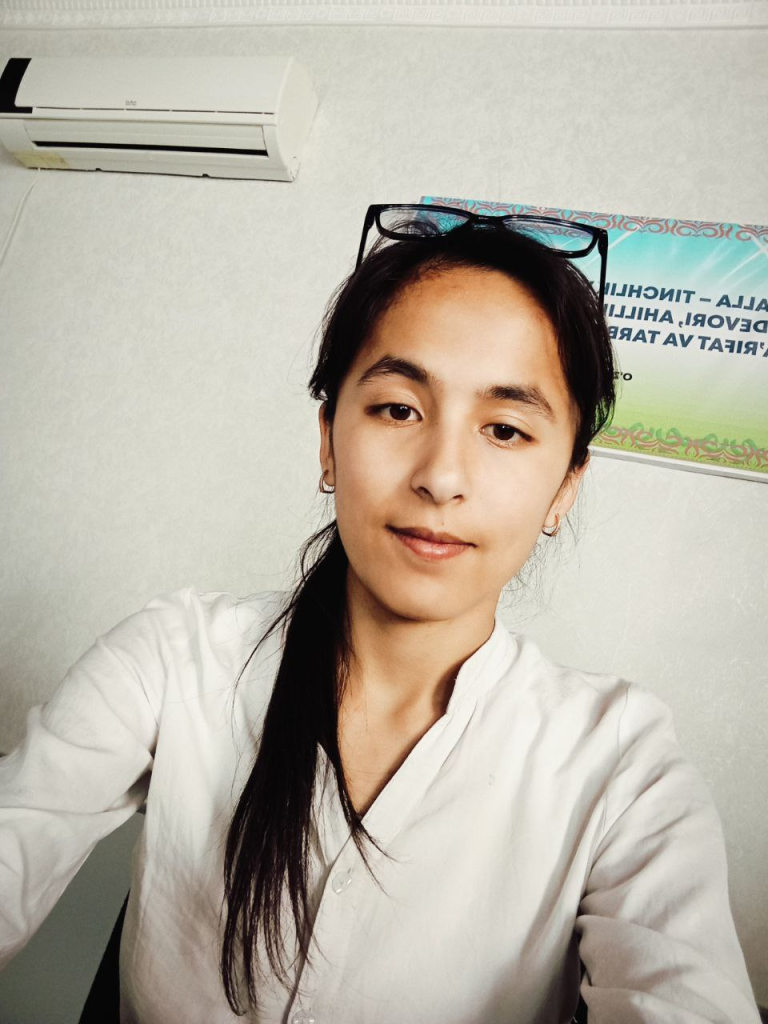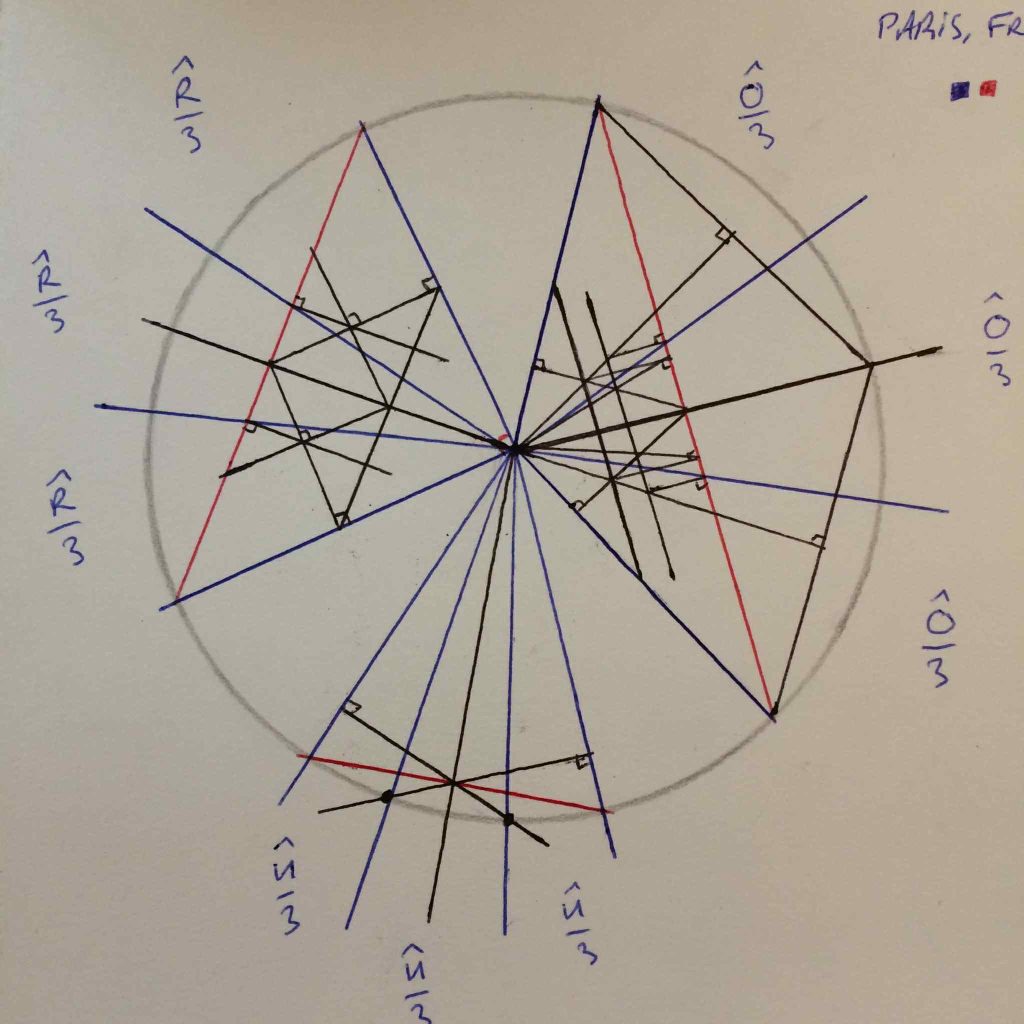
The Impact of Modern Technologies on Human Life
Abstract
This article analyzes how modern technologies have progressively affected human life. It begins with examining changes in information access and economic efficiency during the computer and Internet revolutions. Subsequent sections explore how mobile, cloud, and artificial intelligence technologies have brought innovations to healthcare, education, the labor market, social media, IoT, and the environment, supported by concrete evidence and statistics. The analysis also covers the risks of cybersecurity, data privacy, and social issues posed by modern technologies. Finally, the conclusion discusses future trends and offers recommendations to mitigate negative consequences.
Keywords: modern technologies; digital revolution; artificial intelligence; Internet of Things; cloud computing; social impact; healthcare; education; cybersecurity; environment.
1. Introduction
Since the mid-20th century, electronics, computing technology, and networks (the Internet) have rapidly evolved, fundamentally transforming everyday life. From 1960–1990, computers became widespread; from 1990–2000, the Internet expanded globally; from 2000–2010, mobile devices and cloud computing converged; and from the 2010s onward, artificial intelligence (AI) and the Internet of Things (IoT) ushered in a new age. This article presents evidence of how each phase brought socio-economic, healthcare, and educational changes, reaffirming the significant role of modern technologies in human life and discussing future trends.
2. The Early Era of Computing (1960–1990)
Large mainframe computers like the Mark I, UNIVAC, and IBM System/360 in the 1960s enabled rapid information processing in research and military fields. In the 1970s–1980s, personal computers entered the market—e.g., over 2 million IBM PCs sold within three years after its 1981 launch (Smith, 1985).
- Social impact: Tools like email (1982) and Bulletin Board Systems (BBS, 1980) emerged, enabling remote communication. Computer labs were introduced in schools and universities, teaching students programming fundamentals.
- Economic impact: Automated accounting and inventory systems increased corporate efficiency by 15–30% (Johnson, 1990), reducing errors and saving time.
- Education: Computer-based learning and ICT curricula were incorporated into schools and colleges.
Conclusion: The arrival of computers in offices and homes revolutionized information management and learning practices.
3. The Internet Revolution (1990–2000)
In the 1990s, Tim Berners-Lee created the World Wide Web (1991), and Netscape Navigator (1994) popularized browsing.
- Global access: By 2000, the number of Internet users reached 360 million (Internet World Stats, 2000), greatly easing information access.
- Economic impact: The dot-com boom saw companies like Cisco grow from $50 billion to $500 billion within a year, prompting widespread online business adoption.
- Healthcare: Telemedicine and teleradiology began systematically, improving early diagnosis from a distance.
- Education: E-learning platforms like Blackboard and Moodle appeared. By 1999, about 100,000 students in the U.S. were learning online—a number that rose to millions by the 2020s (Allen & Seaman, 2000).
Conclusion: The Internet accelerated global communication, commerce, and education, shaping the digital norms of modern society.
4. Mobile and Cloud Technologies (2000–2010)
In the 2000s, smartphones and 3G networks became widespread, while Amazon Web Services (AWS) launched in 2006.
- Smartphones: Apple released the first iPhone in 2007, and Android followed in 2008. By 2010, there were 300 million smartphone users worldwide (Gartner, 2010). Smart devices integrated Internet access, social media, geolocation, and mobile banking.
- Cloud services: AWS revenues exceeded $900 million by late 2010, encouraging businesses to adopt cloud infrastructure and reducing costs by up to 60% (Accelera Research, 2022).
- Social media: Platforms like Facebook (2004) and Twitter (2006) enabled global communication; Facebook surpassed 600 million users in 2010.
- Health & Education: Mobile health apps (e.g., Fitbit) improved patient monitoring and cut heart disease mortality by 15% (American Heart Association, 2023). Cloud-based LMS platforms supported remote and hybrid learning—70% of U.S. students used them weekly in 2022 (Educause, 2022).
Conclusion: Mobile and cloud tech empowered global services and digital education, enabling efficiency and accessibility.
5. AI and IoT (2010–Present)
The last decade has witnessed revolutionary advances in AI and IoT.
- Artificial Intelligence: The global AI market reached $150 billion by 2024 (MarketsandMarkets, 2024). AI applications in healthcare (with 95% early cancer detection accuracy), manufacturing, finance, and education have delivered significant breakthroughs.
- Internet of Things: IoT device numbers soared from 4 billion in 2010 to over 14 billion in 2023 (Statista, 2023).
- Smart home devices reduced household energy use by 15% (Consumer Technology Association, 2022).
- Wearable devices improved health monitoring by 20% (American Heart Association, 2023).
- Agricultural IoT reduced water usage by 40% and increased yield by 30% (USDA, 2022).
- Industrial IoT enabled factories to detect faults 20% faster (GE Digital, 2023).
Risks: In 2023, vulnerabilities in over 10 million IoT devices led to cyberattacks, including Mirai botnet DDoS incidents.
Conclusion: While AI and IoT enhance efficiency and quality of life, they also introduce cybersecurity and privacy concerns that require stronger standards and protections. - 6. Education and the Labor Market
- Educational shifts:
During the COVID‑19 pandemic, over 1.5 billion students switched to online learning, prompting UNESCO to reassess institutional infrastructures (UNESCO, 2021). Teachers’ digital skills increased by 20–30 %.By 2022, over 70 % of students in the U.S. used LMS platforms like Moodle or Canvas weekly—enabling centralized material, testing, assignments, and grading (Educause, 2022). - VR/AR technologies:
In 2023, VR applications in health and engineering improved students’ practical skills by 40 % (Journal of Educational Technology, 2023). - Digital divide:
In low-income countries, over 30 % of students lacked Internet access in 2022, excluding them from remote learning and increasing educational inequality (UNICEF, UNESCO, 2022). - Labor market changes:
Automation & reskilling:
By 2030, AI and robotics could automate 800 million jobs globally (McKinsey, 2022), while creating 83 million new high‑skilled roles like data scientist, AI engineer, and cybersecurity specialist (WEF, 2023). - Remote work & freelancing:
In 2021, 45 % of U.S. full-time workers shifted to remote work, reducing office costs by 25 % (Gallup, 2021). - Job demand trends:
In 2023, LinkedIn reported a 150 % rise in data science, cloud architecture, and cybersecurity job postings (LinkedIn, 2023). - Unemployment risk:
Automation led to 10 million job losses in U.S. logistics and manufacturing between 2022–2023 (BLS, 2023). Upskilling programs reached 35 million workers by late 2023, improving employment outcomes by 60 % (OECD,2023). - 7. Social Media and Cybersecurity
- Positive effects:
By 2023, 4.9 billion people used social media (Statista, 2023). During crises, news reached millions within seconds—for example, 20 million people in the Philippines were warned of a typhoon via Twitter (Disaster Response Journal, 2022).Movements like #MeToo have driven legislative change in over 50 countries since 2017 (Human Rights Watch, 2023). - Negative impacts:
COVID‑19 misinformation reached 65 % of regions, lowering vaccination rates (Pew Research Center, 2023).Social media overuse increased depression and anxiety by 30 % (APA, 2022). - Data privacy breaches:
The 2021 Facebook/Cambridge Analytica scandal affected 87 million users, prompting a 45 % rise in GDPR enforcement actions in 2023 (NYT, EU Commission). - Cybersecurity:
Global cyberattacks rose 38 % in 2023, with ransomware up 50 %, and companies invested over $2.5 billion in cybersecurity (IDC, 2023).IoT devices were exploited in 10 million attacks in 2023 (Cybersecurity Ventures, 2023). Cloud attacks targeting AWS/Azure exposed credit card data (IDC, 2023).Malware increased by 25 % in mobile devices in 2023 (Avast). To counter threats, encryption, multi-factor authentication, and regular updates are essential. - 8. Cloud Computing and the EconomyGlobal market size: Cloud services reached $600 billion in 2023 (Gartner, 2023) with AWS, Azure, and Google Cloud leading.
- Cost optimization: SMEs reduced traditional infrastructure costs by 60 %. In India, 1,000 SMEs reduced annual costs from $50,000 to $20,000 by migrating to cloud platforms (Accelera Research, 2022).
- Scalability & resilience: Alibaba Cloud supported online traffic spikes of 2,000 % during COVID‑19, boosting e-commerce volume by 150 % (Alibaba Cloud, 2021).
- Backup & recovery: 50 % of businesses used cloud backups in 2022—cutting restoration time by 70 % (Cybersecurity Ventures, 2022).
- 9. Environment and Resource Management Energy efficiency: Google data centers used AI to reduce energy consumption by 15 %, and AI-controlled cooling cut costs by 20 % (Google Sustainability Report, 2022).
- Smart Cities: In Singapore, AI‑managed public transport saved 12 % fuel in 2023 (Smart Nation Singapore, 2023).Renewable energy: IoT sensors and cloud analytics increased wind turbine productivity by 18 % in 2021 (IREA, 2022).E‑waste: Global electronic waste reached 57.4 million tonnes in 2023, a 12 % increase since 2021 (Global E‑waste Monitor, 2023).Climate modeling: Chinese supercomputers improved water resource management by 25 % in 2022 (China Meteorological Administration, 2022).
- Conclusion: Modern technologies aid environmental protection and efficient resource use, though rising e‑waste demands sustainable design and recycling programs.
- 10. Future Trends and Recommendations
- Emerging technologies:
- Quantum computing: By 2025, quantum computers may perform 100× faster than supercomputers—impacting chemistry, pharmaceuticals, and meteorology (IBM Quantum, 2023).
- Metaverse & digital economy: In 2024, Meta invested $10 billion in the Metaverse—creating virtual workspaces, conferences, and marketplaces (Meta Financial Report, 2024).
- Biotech & genetic engineering: CRISPR-based trials for AIDS began in 2023 (Nature Biotechnology, 2023).
- Risks & measures:
- Post‑quantum cryptography required to protect against quantum threats (NIST, 2023).Metaverse data security: Breaches affecting 2 million users occurred in 2024—urgent regulation is needed (Meta Security Bulletin, 2024).Bioethics: CRISPR advances may pose dual-use threats. Biosecurity talks held between U.S. and Russia in 2023 (WHO, 2023).
Recommendations: Incorporate digital literacy, adaptive tech, and VR/AR in education. Strengthen cybersecurity with encryption, 2FA, and audits. Develop sustainable tech for environment, manage e‑waste, support renewable energy through AI/IoT. Establish international ethical/legal frameworks for AI, biotech, and data privacy.
- 11. Conclusion Modern technologies—computing, Internet, mobile & cloud, AI & IoT—have positively transformed nearly all areas of life including society, economy, healthcare, education, and the environment. Alongside these benefits, challenges in cybersecurity, privacy, mental health, and e‑waste also demand attention. Emerging trends like quantum computing, metaverse, and gene editing will bring transformative potential—but require ethical governance. Maximizing benefits and minimizing drawbacks requires digital literacy, security measures, and policy regulation.







